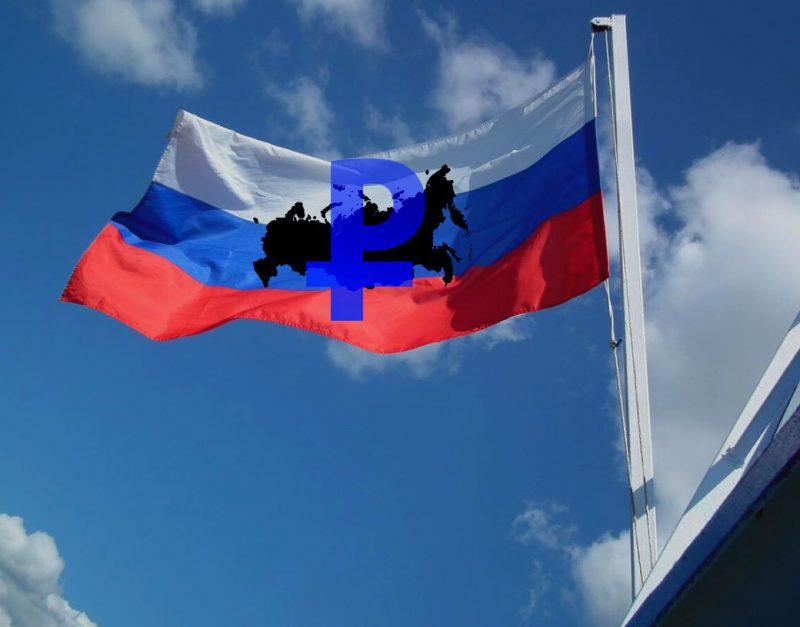The Central Bank of Russia [CBR] and the country’s Ministry of Finance are at loggerheads when deciding digital assets’ fate. In the latest dialogue between authorities, the central bank has criticized the Finance Ministry’s idea of supporting private stablecoins, which could be launched by private investors.
To offer some context, the Ministry of Finance started a conversation about Russia-based stablecoins. According to the financial policy department director, Ivan Chebeskov, the ministry favored permitting the circulation of stablecoins in the country. These assets can be tied to ruble, gold, oil, or grain.
The official viewed the scope of crypto-assets, blockchain technology, tokenization, and digitalization from the perspective of the Russian business owners. He noted that these advancements could offer a chance to construct an entirely new financial system.
Ivan Chebeskov stated,
“If a business, company, investor has a need to pay or invest in this way, if they need a new tool, we will always support such initiatives. This is the right path towards the development of technology. Therefore, in general, yes.”
Bank of Russia has a different plan
The Central Bank does not recognize any other legal tender in Russia but the ruble. The only alternative to the ruble could be the digital ruble, a preferred option to private stablecoins. A CBR representative noted that the digital ruble was the favored option for private stablecoins, “combining all the advantages of a digital means of payment and the reliability of a full-fledged currency.”
At the moment, no digital ruble based on the blockchain is available. However, it would be difficult to peg the stablecoin to the ruble. It would be weak compared to the dollar, and also, eventually, one will need to buy dollars to buy crypto.
Nevertheless, there was a lively debate ongoing between the regulators. Given the difference in opinion, the Ministry of Finance was preparing its version of the bill “On Digital Currencies.” It will establish rules for the circulation of digital assets and the circle of participants.
Per reports,
“In one of the latest versions, a clause also appeared that legal entities and individual entrepreneurs may be allowed to use cryptocurrency as a means of payment for foreign trade activities. But the use of cryptocurrencies as a means of payment in Russia will be prohibited – only transactions with buying and selling in the form of investments through Russian banks and only for those clients who have been identified.”
Meanwhile, the central bank has opposed the legalization of cryptocurrencies. The CBR believed that cryptos threatened citizens’ well-being and financial stability and highlighted the risks associated with illegal activities. Nevertheless, the central bank agreed to support mining if mined digital assets were sold outside Russia.
At the same time, it was interested in introducing a digital ruble. The platform prototype reached completion in December 2021, and its testing began in January 2022. It was currently taking notes of the issuance of the digital ruble, opening digital wallets, C2C transfers, and C2B transfers. It aimed to begin the real-time testing of the digital ruble on real money and clients by April 2023. We may have to wait and watch what the ministry of finance has prepared in its bill.





